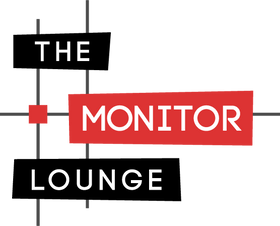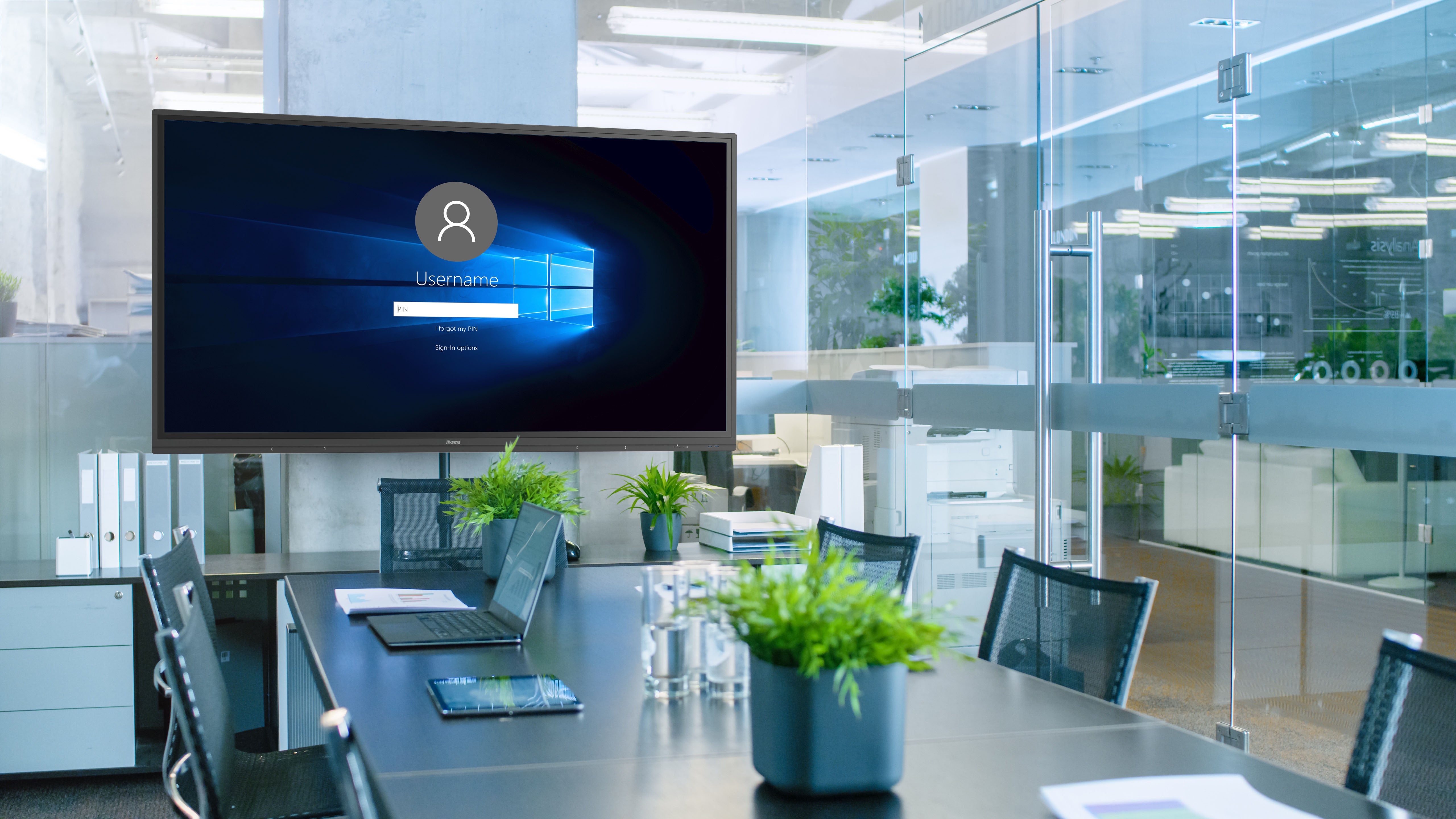When it comes to choosing a large format display, selecting one with 4K resolution is essential. It may be tempting to choose a lower resolution, especially if you're on a budget, but if you're looking for crisp image quality, you really can't afford to go lower than 4K.
At The Monitor Lounge, we’re always here to help you make the best decision based on the latest news and recommendations. That’s why in this article, we’re going back to the basics covering resolution, what does 4K mean, and why 4K is the minimum for large format displays.
Let’s Review Resolution
There are various factors to consider when purchasing a new monitor, the resolution being one of them. As a quick reminder, think of resolution as the visual dimension of a display. The resolution is usually shared in terms of width and height.
For example, a standard resolution size is 1920x1080 (Full HD). So this means the screen has 1,920 pixels for width and 1,080 pixels for height. This gives you a total of 2,073,600 pixels for your monitor…not bad, right?
Pixels are the basic building blocks of images, kind of like puzzle pieces. Generally speaking, the higher the resolution, the more detailed pictures on the display will show up thanks to all those pixels.
Some of the most common resolution sizes include:
- 720p (HD, HD Ready, Standard HD)
- 1080p (Full HD, FHD)
- 1440p (2K, WQHD, QHD)
- 4K (UHD, Ultra HD, 4K UHD)
- 8K (8K UHD)
A quick note about 8K resolution: this is still relatively new, and you can probably guess what it means: more pixels! 8K resolution is 7680x4320p, meaning it has four times the number of pixels than 4K (yowza!).
But 8K displays are significantly more expensive than 4K. Large format displays are already on the higher end of budgets due to their size, so we think a 4K resolution can deliver high-quality images for much less than 8K.
What Does 4K Mean?
4K has quickly become the highest standard for all kinds of displays. For example, if you're watching a movie or playing a video game, viewing a 4K display creates a more immersive experience. But what exactly does 4K mean?
First, you can think of 4K as of high definition resolution. The resolution size for a 4K display is 3840x2160p, so almost 4,000p (hence the name 4K). This means 4K monitors have four times the number of pixels compared to 1080p while maintaining the same 16:9 aspect ratio.
When 4K hit the market, it was common to see it applied to televisions mostly. But honestly, there are limited content and broadcast services that can support 4K. To truly see the difference at an average viewing distance, a person needs a significantly larger screen. If you upgraded to a 4K television and didn't notice much difference, that's normal.
But now, 4K is forever changing displays for the better, and users can see the difference right away. 4K resolution creates a better viewing experience based on the average viewing distance with a computer display, especially if you're immersed in a video game or staring at a massive spreadsheet of data.
Since there are more pixels, 4K resolution for a display means clarity, vibrancy, and sharpness. Additionally, you can easily consider increasing the size of your display if it’s equipped with 4K without sacrificing picture quality. That is why 4K is quickly becoming the standard for various computer displays.
Why 4K Is Important For Large Format Displays
And that brings us to the main topic of this blog and why 4K is essential for large format displays. 4K resolution is the gold standard for large format displays and not as costly as 8K displays. But, as we mentioned before, you need a significantly larger display to notice a 4K difference. And that is why 4K is perfect for LFDs!
What are large format displays?
As a quick reminder, large format displays, also known as LFDs for short, are large, flat-screen displays that start at 32” and can be as large as 90” or more.
Why would someone need a large format display?
- A restaurant owner could display the menu in the waiting area
- A retail store could showcase items on sale or upcoming specials
- A corporation could highlight company values and news throughout the building
- A university admissions building could highlight directions for incoming visitors
- A graphic designer or photographer needs the best resolution possible for editing
- A security team needs to see all corners of a location quickly
- The list goes on!
Large format displays are also versatile. Most you can set up horizontally or vertically and connect them for even more creativity. For example, Iiyama LFDs come with DisplayPort Video OUT with Daisy Chain technology so you can “chain together” two or more large format displays.
4K Resolution Is Equipped For LFDs
Purchasing a large format display is an investment, so if you want to make sure you get the most out of your LFD, you want to make sure it has 4K resolution. It would be disappointing to purchase a large display only to have the images look blurred or dull.
When using a large format display, you also need to make sure whatever you plan to put on the display has been created for a high-resolution display. When having something designed, one of the first questions a graphic designer or marketing consultant will ask is how the image will be displayed. Knowing it will be displayed on a particular size LFD will let them know the file needs a specific resolution.
Other Factors To Consider With Your Large Format Display
Not only is 4K resolution necessary for a large format display, other factors to consider:
- Size
- Brightness
- Color
- Connectivity
The best way to decide what size LFD you need and how to choose brightness, color, and connectivity, is first to determine where you'll place the display. Will it be outside? Will it be in direct access to the sun? Will it be in a darker area? Next, how do you plan to connect or load the images or presentation?
We know 4K is the ultimate choice in resolution, so by answering a few more simple questions you'll be well on your way knowing which LFD to select.
The Monitor Lounge: Iiyama 4K Large Format Displays
The Monitor Lounge carries some of the best Iiyama 4K large format displays available.
43” 4K UHD Iiyama Professional Digital Signage
- Response time: 8ms
- Aspect ratio: 16:9
- Panel brightness: 500 cd/m2
- 24/7 display (landscape and portrait)
- On-board Android 8.0 OS for installing applications
- Intel SDM Slot
- FailOver feature
55” 4K UHD Iiyama Professional Digital Signage
- Response time: 8ms
- Aspect ratio: 16:9
- Panel brightness: 500 cd/m2
- 24/7 display (landscape and portrait)
- On-board Android 8.0 OS for installing applications
- Intel SDM Slot
- FailOver feature
65” 4K UHD Iiyama Professional Digital Signage
- Response time: 8ms
- Aspect ratio: 16:9
- Panel brightness: 500 cd/m2
- 24/7 display (landscape and portrait)
- On-board Android 8.0 OS for installing applications
- Intel SDM Slot
- FailOver feature
You can view our entire selection of large format displays on our website. We have sizes ranging from 32" to 98". Browse our selection, and please do not hesitate to reach out if you have any questions. You can also view some of our FAQswhen it comes to purchasing from The Monitor Lounge.

